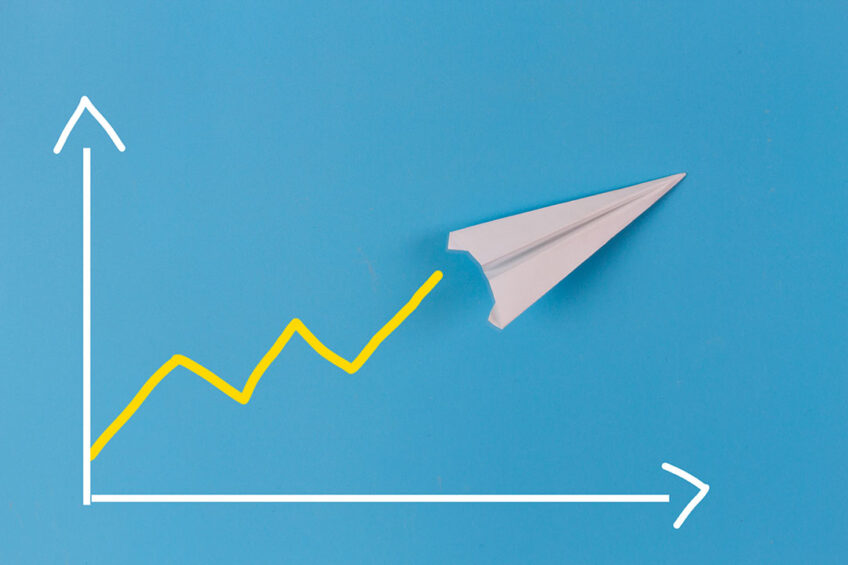Global update Rabobank: Steady production growth, weak consumption

Steady gains in production in combination with weaker consumption continue to pressure global pork markets and trade. That is a brief summary of the latest quarterly pork report by Rabobank.
All in all, the bank stated, lower feed costs, better animal health and improved productivity bolster industry optimism despite challenging returns and uncertain consumption trends.
Several regions turning a corner
After productivity challenges in 2022 and 2023, several key growing regions appear to be turning a corner, the bank wrote. While disease pressure is still an issue in some regions, overall herd health has improved. In a news release, the bank’s senior animal protein analyst Christine McCracken said: “A renewed focus on cost reduction – given inflationary pressures resulting in the elimination of less productive operations – is also contributing to a rebound in production per sow. Although this improvement is a welcome trend and lowers costs, the additional production is compounding regional oversupplies and weighing on the market.”
At the same time, breeding herd reductions in most geographies outside Europe and South Korea are slow, despite ongoing margin pressure and limited optimism for a quick turnaround in global trade, the bank said.
Feed prices improve, slower consumption growth
Corn and soybean prices moved lower in the third quarter of 2023, after a good North American harvest helped rebuild stocks and expectations for a large South American crop emerged, the bank wrote.
Consumers are adjusting to inflationary pressures, yet pork remains a dietary staple and overall consumption trends remain stable. However, pack types and sales channels continue to shift. McCracken commented, “With consumers still cautious, particularly in light of rising geopolitical uncertainty, we expect an ongoing focus on reducing spending. Pork consumption should benefit from the high cost of competing proteins and more consumers cooking at home.”
McCracken concluded, “In the final quarter of 2023, we expect global trade to remain slow given large inventories, relatively high domestic production, and low pork prices in key importing regions. Rising EU pork prices may also limit export volumes.”
North America
For North America, productivity gains to increase production in the near term and pressure hog markets, Rabobank expects. Herd contraction remains slow, buoyed by lower cost feed.
Brazil
For Brazil, Rabobank expects that the industry will benefit from a 26% year-on-year drop in feed costs. Pork is expected to maintain its competitiveness with other higher-cost proteins in domestic and export markets in the fourth quarter.
Europe
Pork production in the European Union (27 countries) and the UK contracted sharply, Rabobank reported. In the first 7 months of 2023, this would come down to 8.6% year-on-year. In Germany, the sow herd had contracted by 2% in June 2023 when compared to December 2022. One year earlier, the contraction had been 12% in the same period. Contraction in the sow herd will slow down, the bank expects, due to improved producer margins. Exports remain weak on relatively high prices and weaker global economies.
China
Hog prices have been volatile but are expected to remain steady in the fourth quarter. The bank writes: “Looking into 2024, we expect prices to increase modestly from 2023 levels, as supply will likely stay tight due to recent herd liquidation, while consumption will see continued improvement. ” Imports are expected to be slow in the fourth quarter due to ample inventory and soft demand, Rabobank writes.
South East Asia
Vietnamese pork prices fall on temporary supply surge driven by ASF outbreaks but are expected to rise in the fourth quarter. Interestingly, Rabobank also points to “smuggling of pigs across the border into Vietnam” which would also be weighing on the market. The Philippines’ herd recovery is slow on continued disease and inflation concerns.
Japan
Domestic pork production has bottomed and started to increase, the bank says. Consumption of pork and chicken has remained stable in the third quarter, “as consumers continue to gravitate toward these lower-protein choices.”. Chilled imports are expected to increase in the fourth quarter of 2023.











